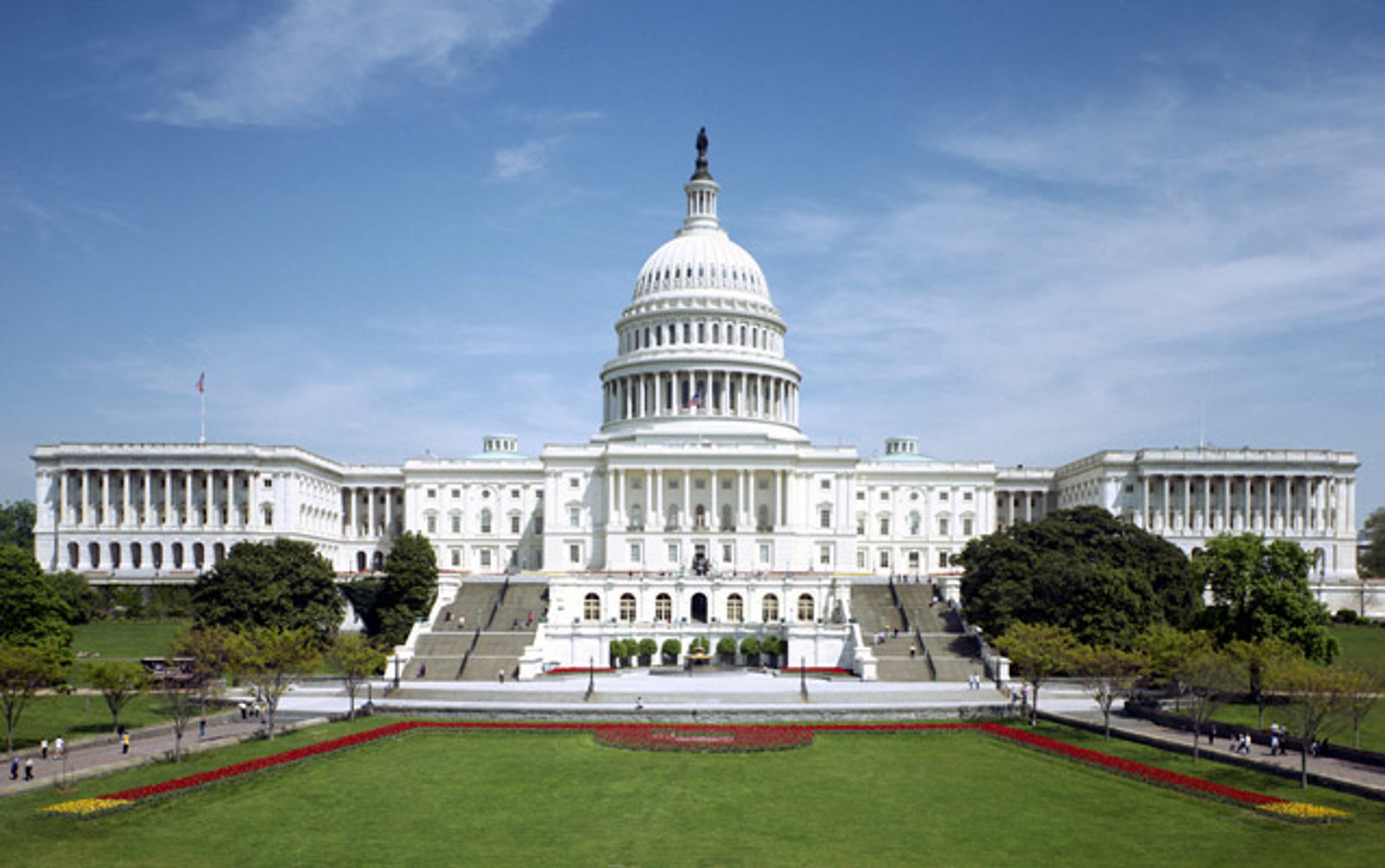Congressional Budget Committees Outline Reconciliation Plans
In dueling markups this week, the House and Senate Budget Committees laid out their plans for a FY 2025 budget resolution that includes reconciliation instructions for committees to either spend or save certain amounts over 10 years. The committees did not write identical outlines, so they will have to finalize a common approach before the budget resolutions can be voted on and activate the reconciliation process.
While the priorities in reconciliation for the current Republican majority include extending the 2017 tax cuts, shoring up border security and addressing energy costs, the education and tax committees will have a role to play in generating savings to pay for these priorities. Student loans and higher education tax benefits are particularly at risk for cuts in this process because they are not subject to the separate, annual funding process.
Budget reconciliation is a process codified in the Congressional Budget and Impoundment Control Act of 1974 that allows for expedited parliamentary procedures in the Senate to advance legislation to reduce the deficit. While originally intended solely for deficit reduction purposes for entitlement spending, it has been used over the last two decades to enact partisan priorities by Democratic and Republican majorities. Because reconciliation prohibits filibusters, limits debate and only requires a simple majority for passage in the Senate, the process has been used recently for tax cuts, healthcare and student loan reform, and infrastructure legislation, for example.
In the education committees, the only entitlement programs that qualify for consideration under reconciliation are student loans and some of the Pell Grant program funding. The Senate budget resolution instructs the Committee on Health, Education, Labor and Pensions to write legislation that saves at least $1 billion over 10 years, setting a floor for what savings can be found from education programs. The Senate budget does not further explain what cuts would be made to the student loan programs or other provisions to reach this deficit target.
The House budget resolution instructs the Committee on Education and Workforce to save $330 billion over 10 years and specifically cites the College Cost Reduction Act (CCRA) as a potential vehicle to achieve these savings. The CCRA is the bill from the 118th Congress that would eliminate Grad and Parent PLUS and subject colleges and universities to an annual risk sharing payment. The House policy statement on Higher Education states:
“it is the policy of this concurrent resolution to promote college affordability, access, and success by reserving Federal financial aid for those most in need and streamlining grant and loan programs to help students and families more easily assess their options for financing postsecondary education; removing regulatory barriers to reduce costs, increase access, and allow for innovative teaching models; increasing accountability for colleges and universities and ensuring students and taxpayers receive a return on investment; and championing policies that achieve these goals, including H.R. 6951, the College Cost Reduction Act.”
There are also key higher education priorities that will be considered by the tax committees. The Senate budget resolution includes a savings target of $1 billion over 10 years for the Finance Committee, which again is considered a floor for crafting legislation. The House budget resolution allows the Ways and Means Committee to spend up to $4.5 trillion over 10 years, which allows for the extension of the 2017 tax cuts, and the tax committees can also include new taxes or eliminate existing benefits to raise additional revenue.
Within these very different instructions, there could be very different tax priorities in the House and Senate and that will likely mean both risks and opportunities for colleges and universities. For reconciliation to be triggered, the House and Senate will have to agree on savings targets for all committees and all other provisions to pass identical concurrent budget resolutions. This week’s markups are just the first step in the process.
For more information, please contact:
Stephanie Giesecke

